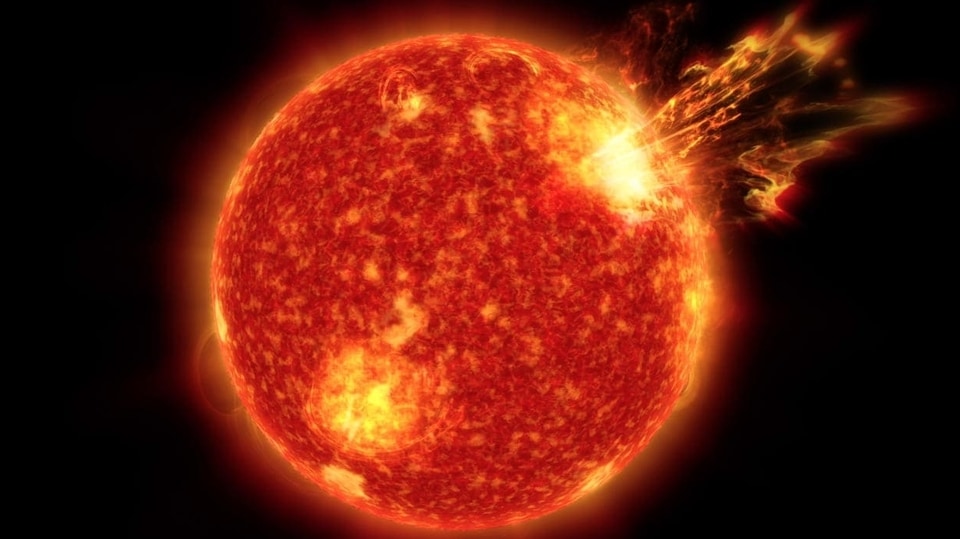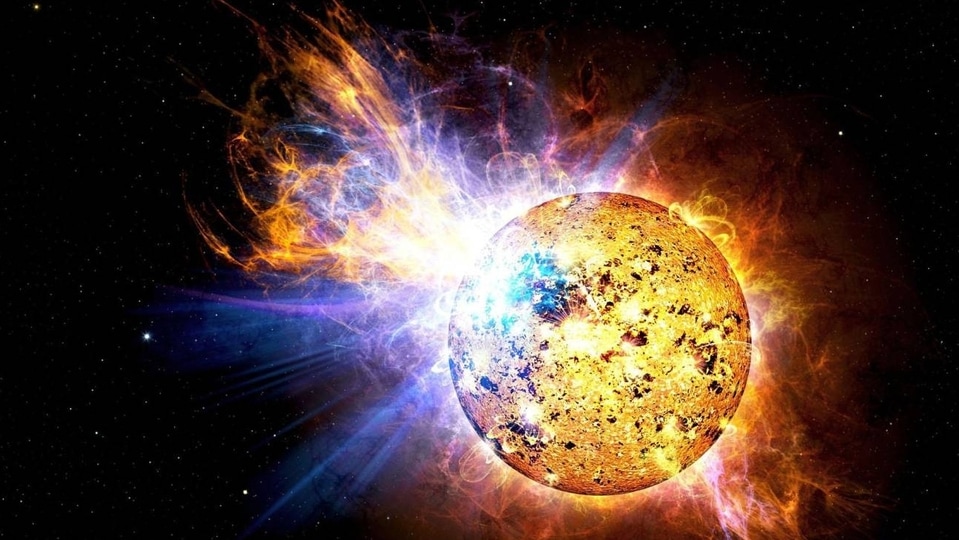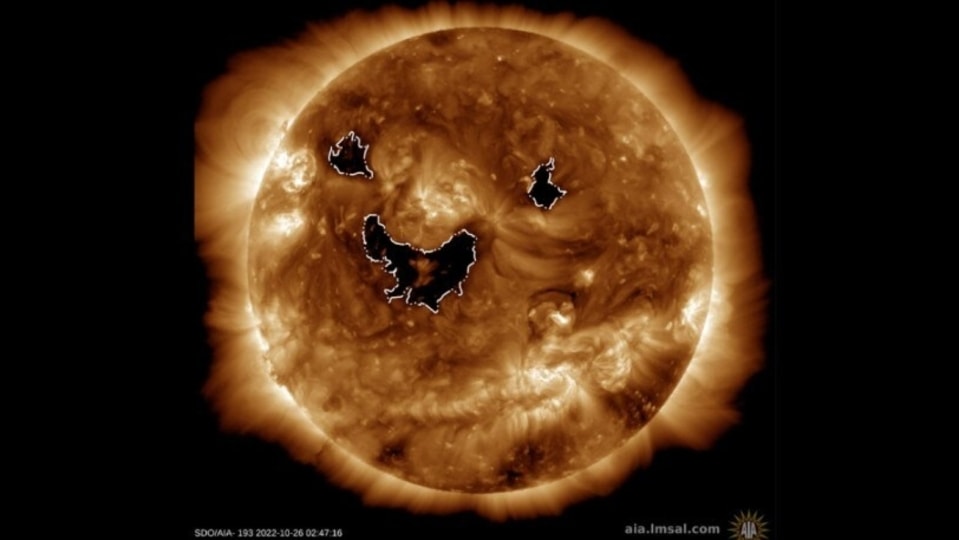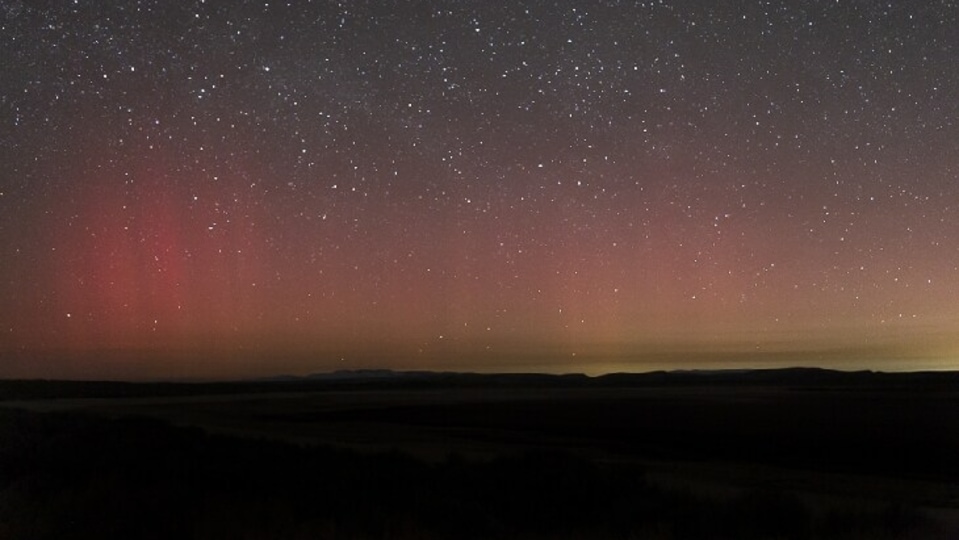Geomagnetic storm sparks rare auroras, paints the sky red in Oregon
Rare red auroras were seen in the skies over Oregon after a G1-class Geomagnetic storm hit Earth on February 16.

_1658567219974_1658567228615_1658567228615.jpg)





 View all Images
View all ImagesAs the solar cycle approaches its peak, Earth has seen a range of natural occurrences that have amazing consequences. Solar activity has been particularly intense, with solar storms, flares, and other phenomena affecting our planet. Recently, an X2-class solar flare struck Earth, causing a G1-class geomagnetic storm that had the potential to cause power grid failures, blackouts, and other issues. It has now been disclosed that another solar flare hit Earth a few days earlier, resulting in unusual red auroras appearing in various locations around the globe.
A recent spaceweather.com report has revealed that a minor CME hit Earth on February 16. This impact sparked a G1-class Geomagnetic storm which hit the planet on the same day. Although Geomagnetic storms have the potential to disturb, or even destroy, GPS, radio communications, mobile phone connectivity, satellites and even the Internet, this storm wasn't powerful enough to cause any damage although it did cause some physical effects.
Red auroras spotted
According to the report, it sparked auroras over the regions of Montana, Oregon, New York among others. Although auroras are visible very often, there was something different on February 16. Instead of the usual blue-green auroras, the sky was painted red. Paul Carlsen captured a stunning snapshot of the red auroras in the skies over Oregon. He told spaceweather.com, “I took this picture just outside Danner, OR. I could not see the auroras with the naked eye due to light pollution. I was shooting a test shot, preparing to shoot the Milky Way, and there they were--a pleasant surprise!” Carlsen used a Canon 6D (Canon EF 40mm, f/2.8) with a 15 second exposure to capture the rare phenomenon.
Why do red auroras occur?
Red auroras are rarer than green auroras because they require a higher level of energy to be produced. These auroras are produced due to the high-altitude oxygen molecules and nitrogen molecules colliding and emitting light in the red part of the spectrum.
Catch all the Latest Tech News, Mobile News, Laptop News, Gaming news, Wearables News , How To News, also keep up with us on Whatsapp channel,Twitter, Facebook, Google News, and Instagram. For our latest videos, subscribe to our YouTube channel.


























